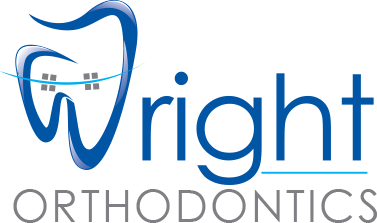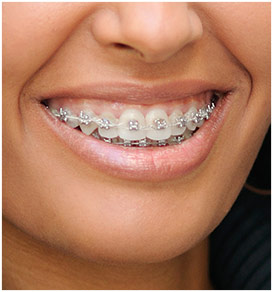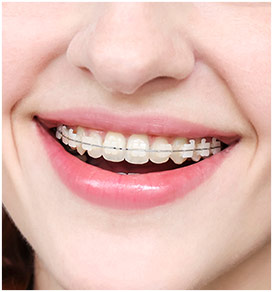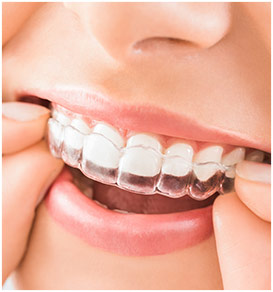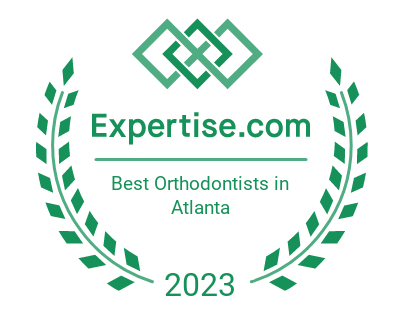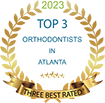We’ve outlined some of the most common questions and inquiries our adult patients with braces face as they return to their lives after having their braces put on (with some spot-on responses).
#1: “Did you not wear your retainer when you were younger?”
Our suggested response: “Of course, I wore my retainer. My teeth shifted, so I decided to invest in my smile again. Would you like my orthodontist’s contact information?”
#2: “How long do you have to wear them?”
Our suggested response: “I’m not sure, but if I follow the instructions and do what the orthodontist says, it shouldn’t be long. I’m looking forward to the results. I know I’ll smile all the time!”
#3: “Do you and your kids have the same orthodontist?”
Our suggested response: “Yes, as a matter of fact, we do. He’s great and does an amazing job. Let me know if you would like the phone number to make an appointment.”
#4: “How do you eat with those things in your mouth?”
Our suggested response: “One of the reasons I wanted Invisalign® was so I could remove the trays when I eat and brush my teeth. My kids have metal braces, so they must be careful with what they eat.”
#5: “You got braces? How old are you?”
Our suggested response: “Braces are not just for kids and teens. I want a confident smile so why shouldn’t I wear them as well?”
Braces are For Adults Too
At Wright Orthodontics we treat a lot of young children, but we also treat a lot of adults. Braces can be right for you regardless of your age. Contact our office to learn how braces might be right for you or someone in your family.

